The new Mercedes-Benz EQS will be the world’s most aerodynamically efficient road car yet, according to its maker.
In an announcement ahead of the electric-powered luxury saloon’s planned unveiling on 15 April, Mercedes-Benz said the fourth model from its EQ sub-brand will boast a drag co-efficient “starting at 0.20”.
The benchmark figure, measured in Mercedes-Benz’s state-of-the-art wind tunnel in Sindelfingen, Germany, places the new headlining EQ model ahead of its both its electric-powered and combustion-engine saloon car rivals for outright aerodynamic efficiency.
In January 2021, Telsa claimed a drag co-efficient of 0.208 for the facelifted Model S, bettering the 0.21 of the Lucid Air.
It also establishes the EQS as the most aerodynamically efficient Mercedes-Benz road car yet ahead of the A-Class saloon and seventh-generation S-Class, both rated at 0.22.
The 0.20 figure was achieved in combination with 19in AMG wheels and with the Sport driving mode, says Mercedes-Benz.
The EQS is the first model to be based on Mercedes-Benz’s EVA platform, which is also planned to underpin the upcoming EQE saloon, EQE SUV and EQS SUV, among other upcoming models.
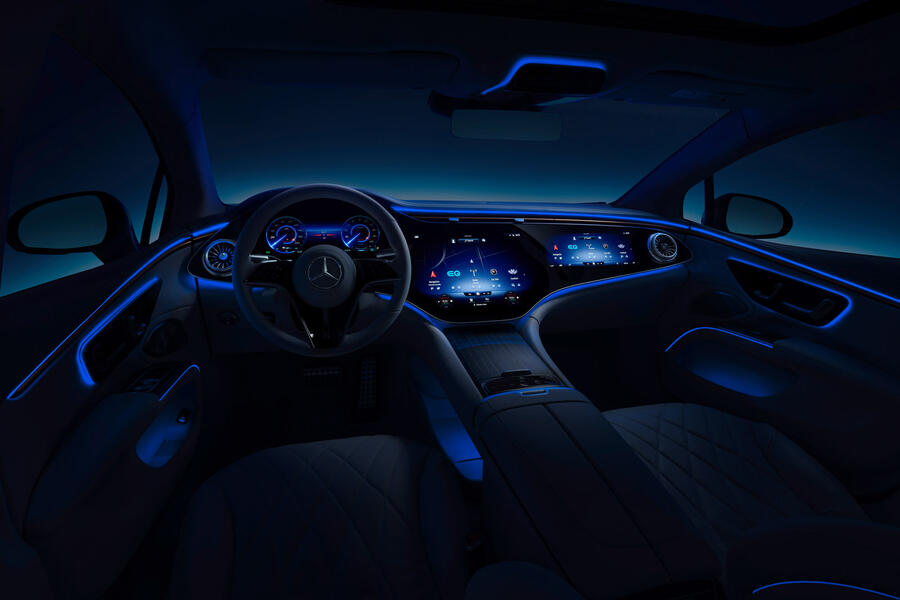
The new platform uses a skateboard-style architecture that has allowed Mercedes-Benz to provide the upmarket saloon with its own distinctive cab-forward proportions, with the A-pillars set well forward, a shorter bonnet and boot than the latest S-Class and a heavily curved roofline – the so-called 'one bow' design lineage as Mercedes-Benz describes it – to give it a coupé-like profile with short overhangs.
The new Mercedes-Benz model adopts a smooth-surfaced design devoid of body creases. A key element used to achieve the record-breaking aerodynamic figure is an uncharacteristically low front end featuring a fully enclosed black panel grille, as previewed on the EQS concept car revealed in 2019.

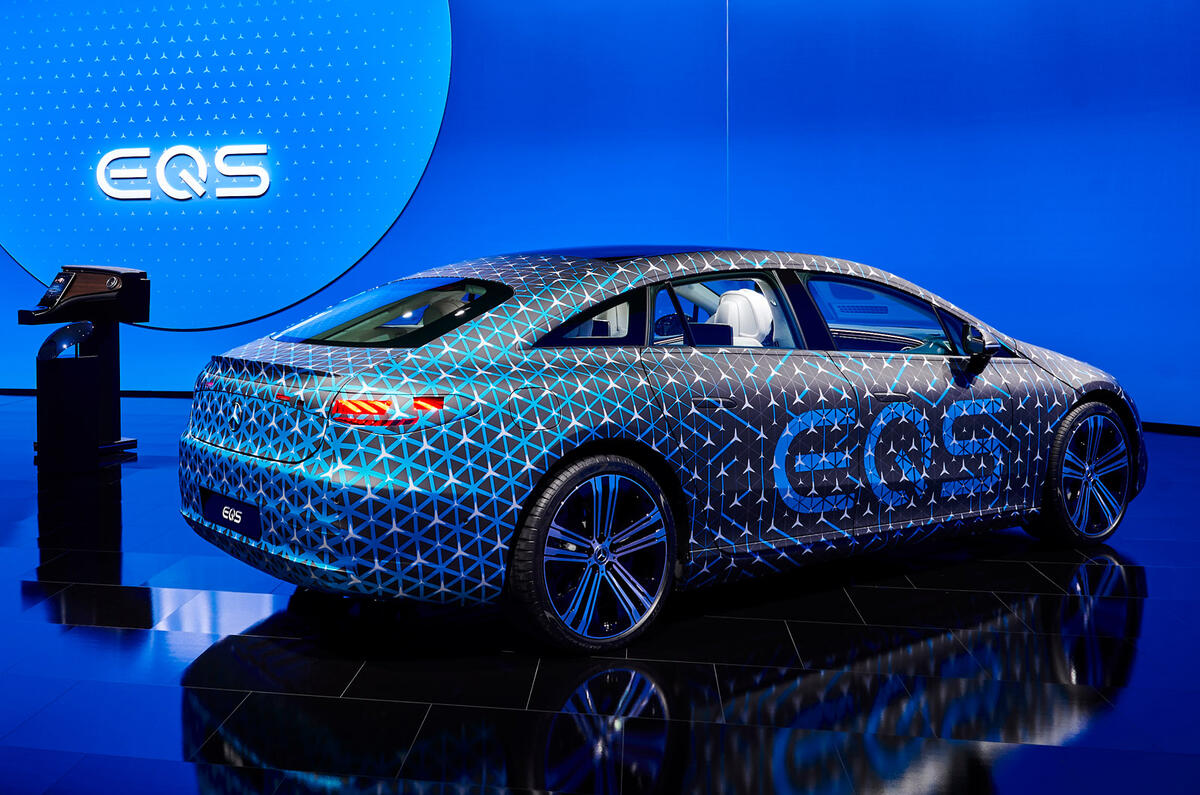
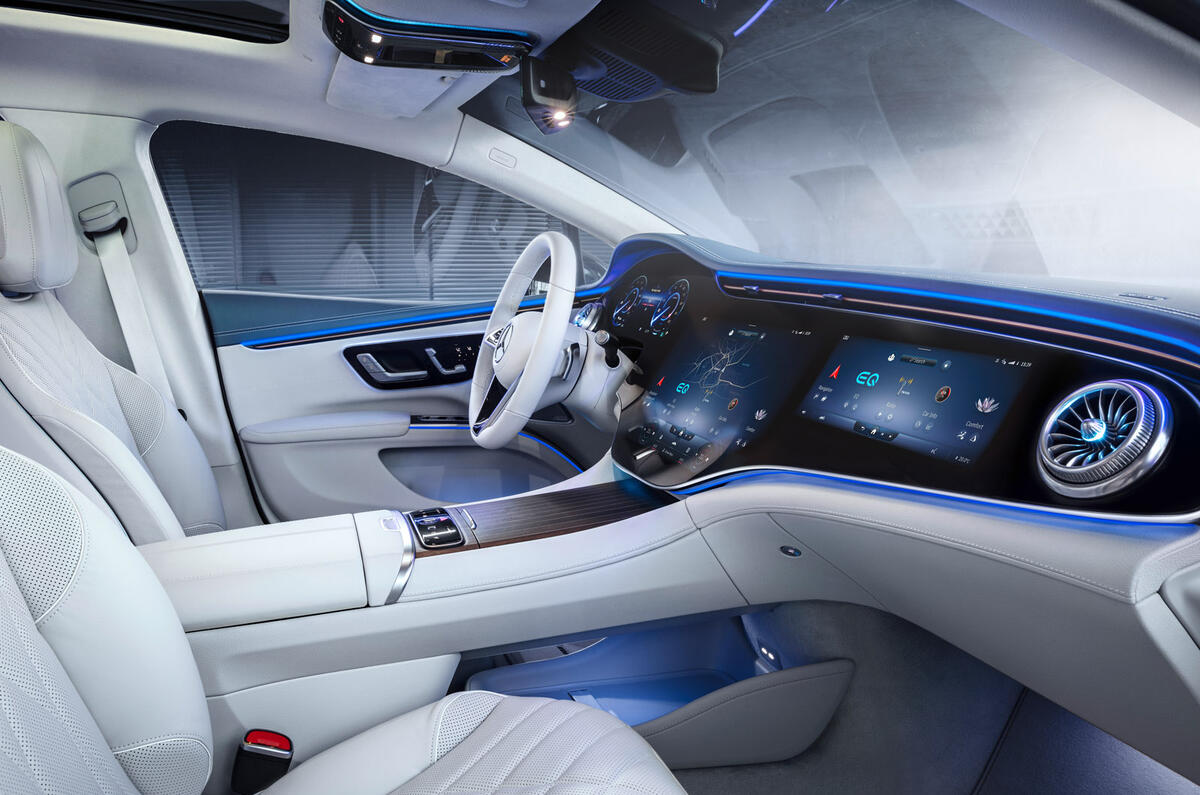
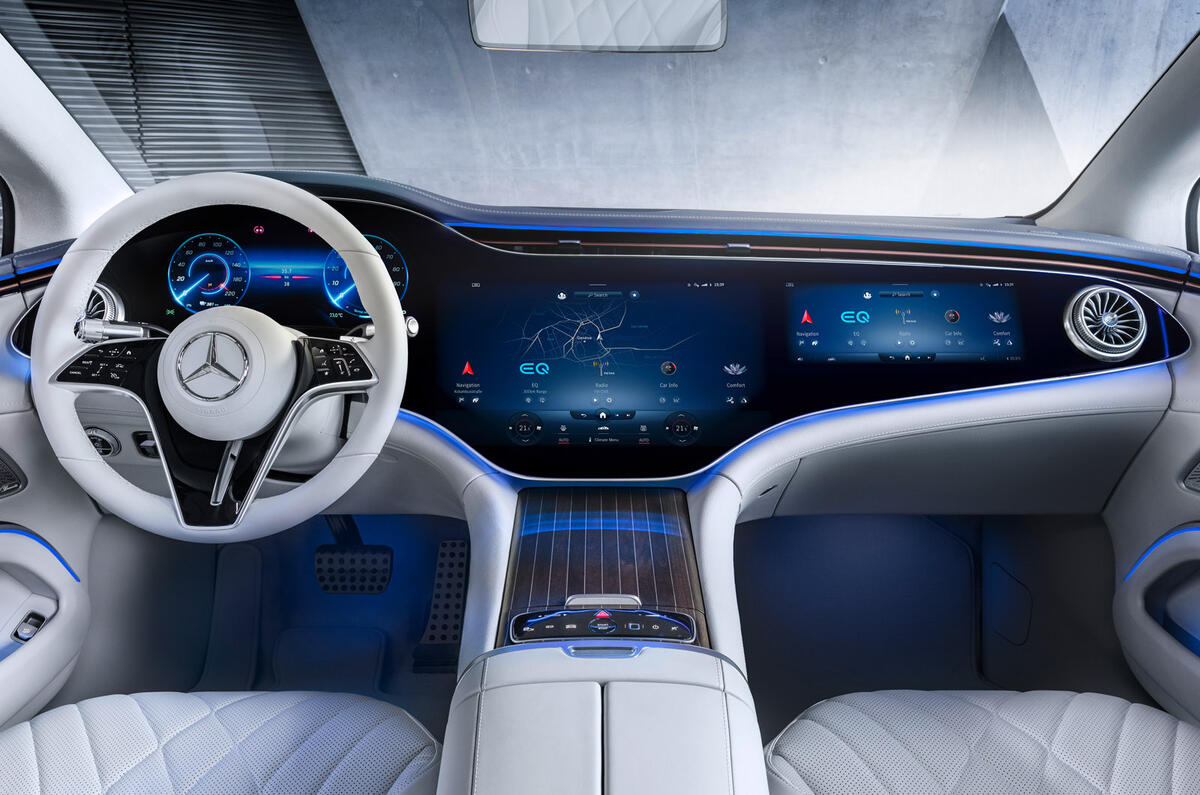
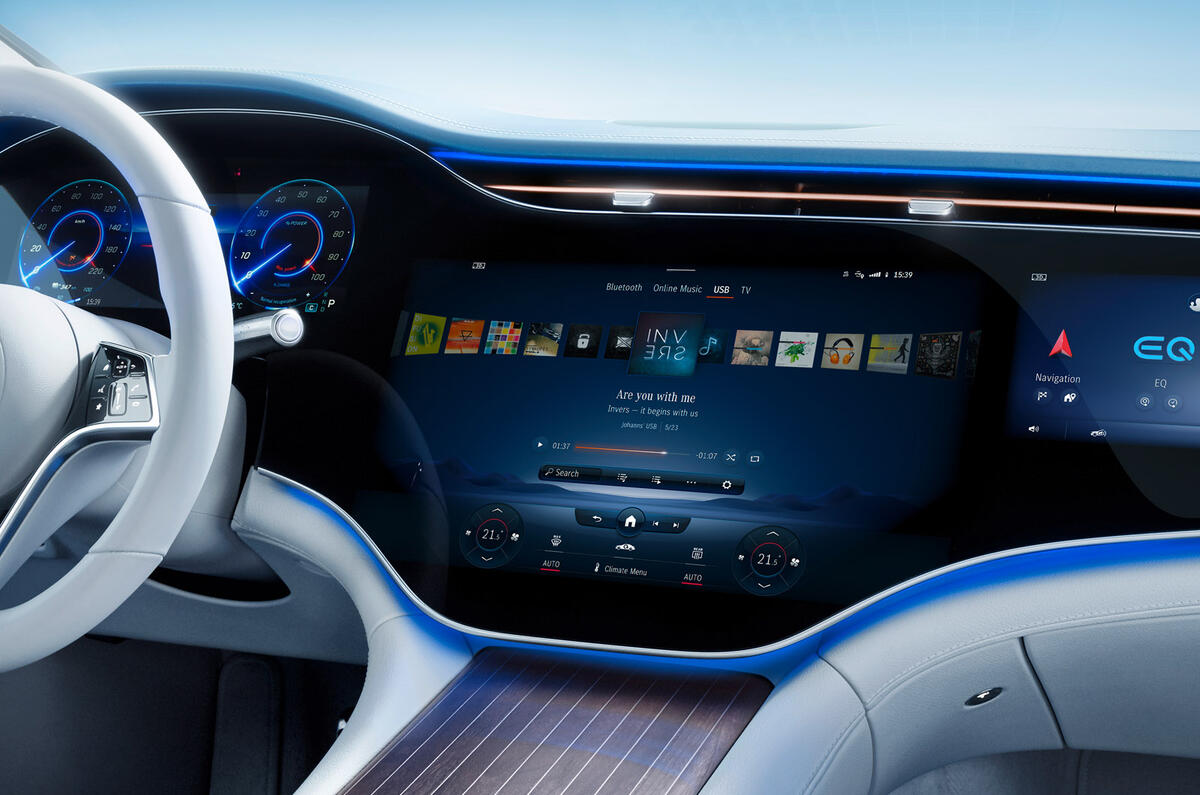
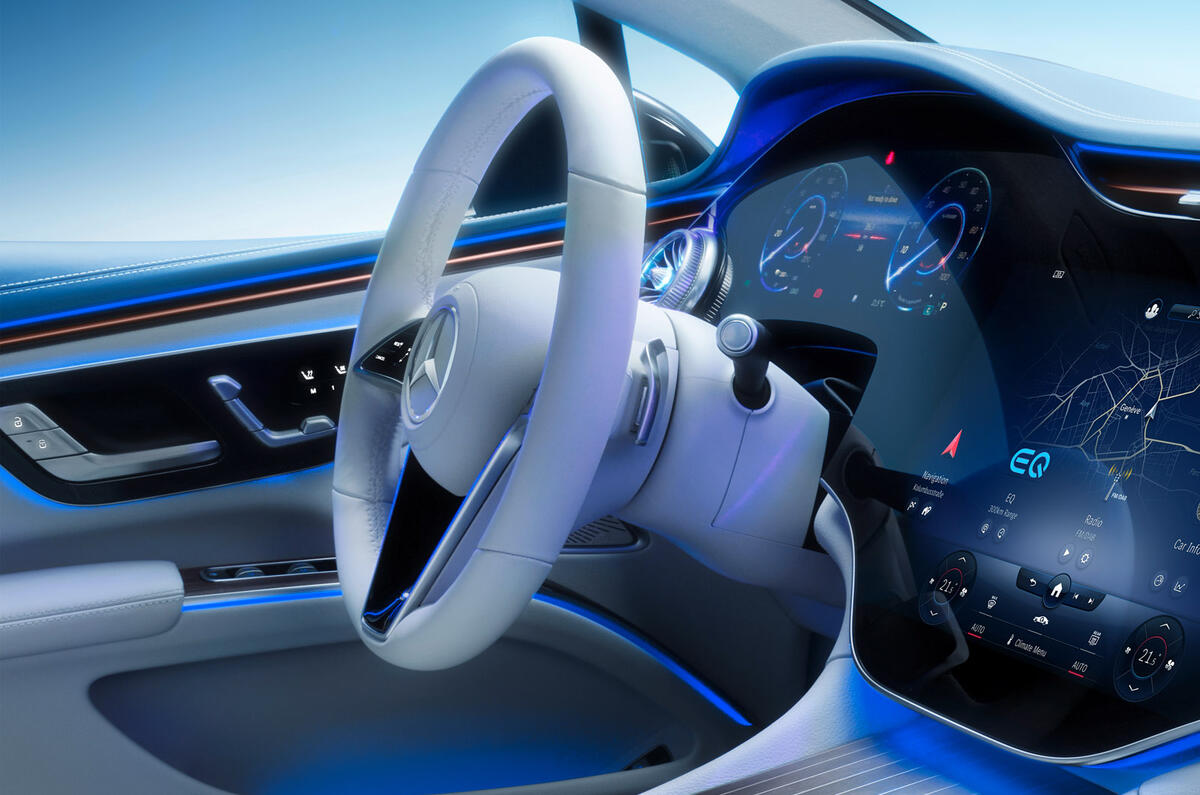
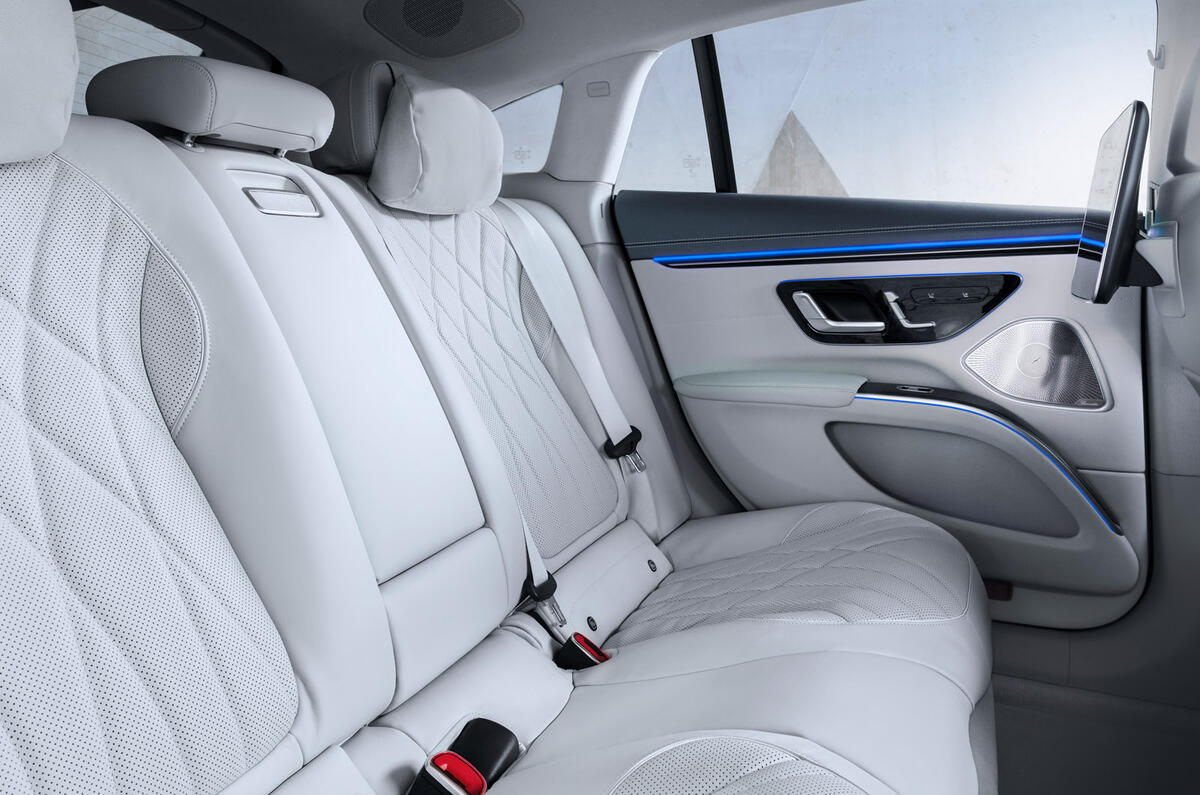
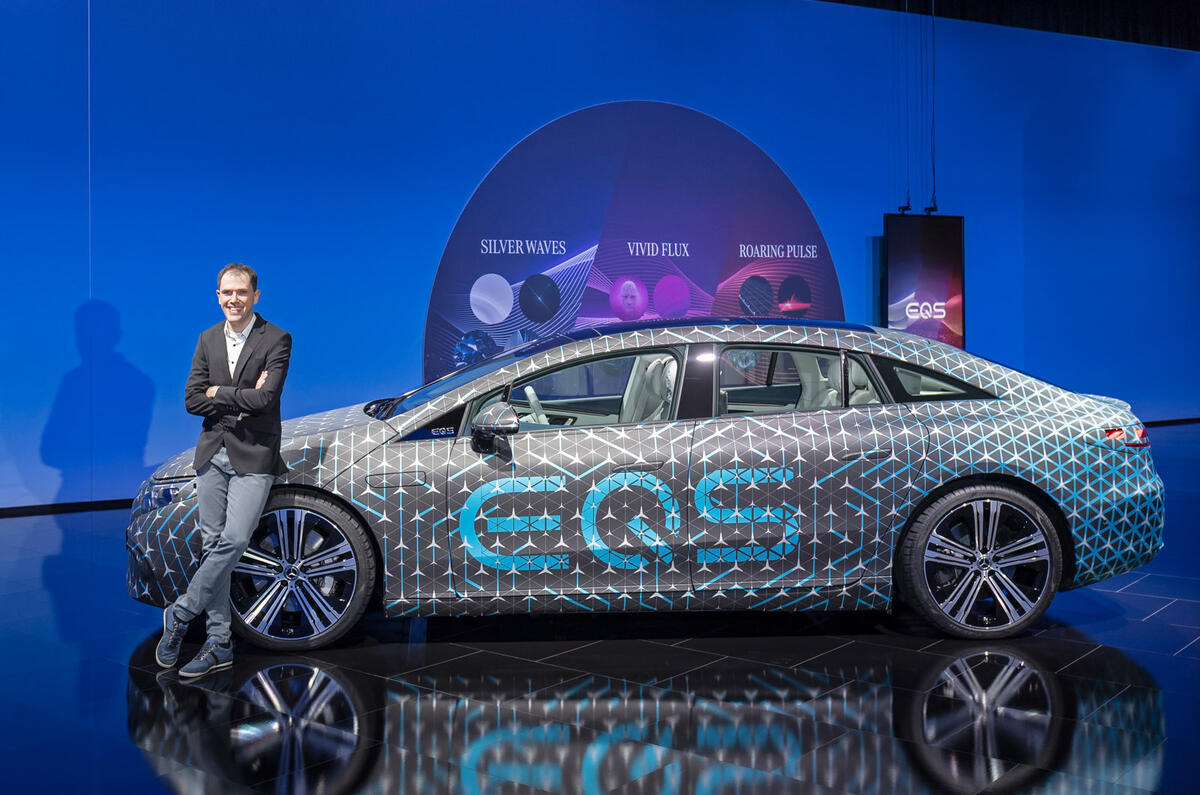
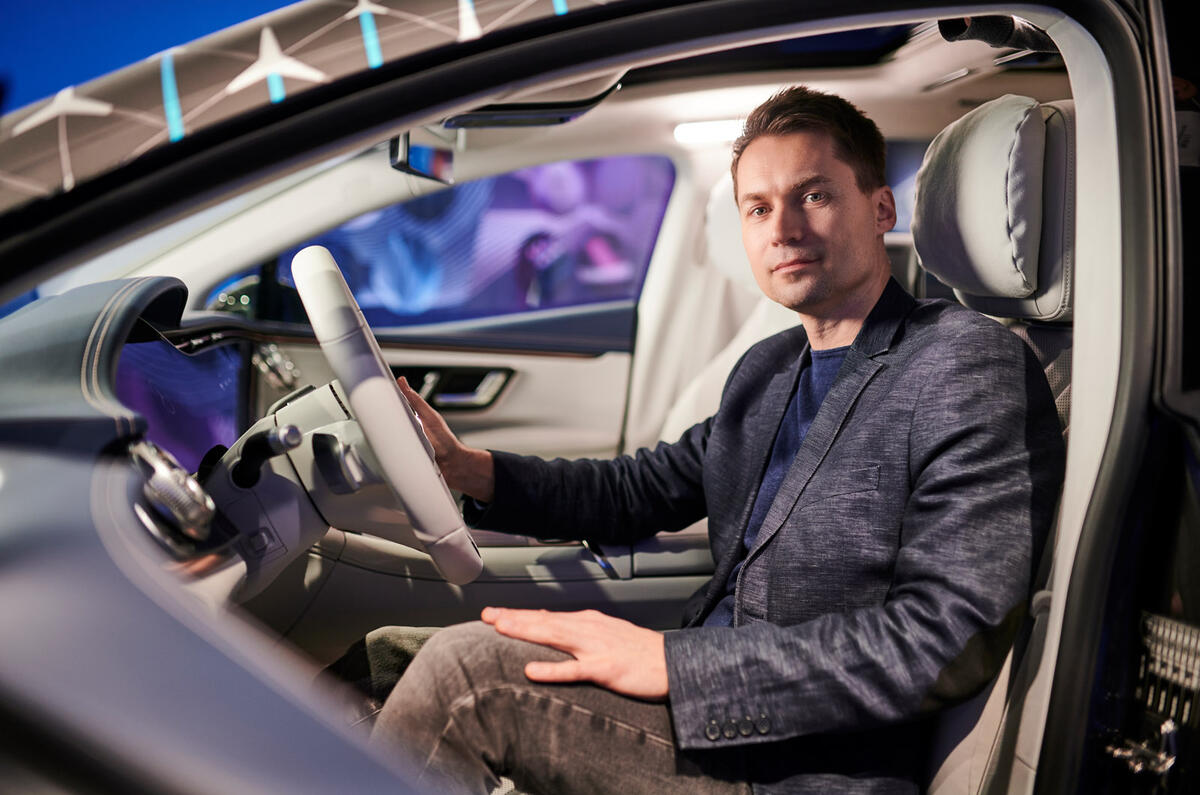
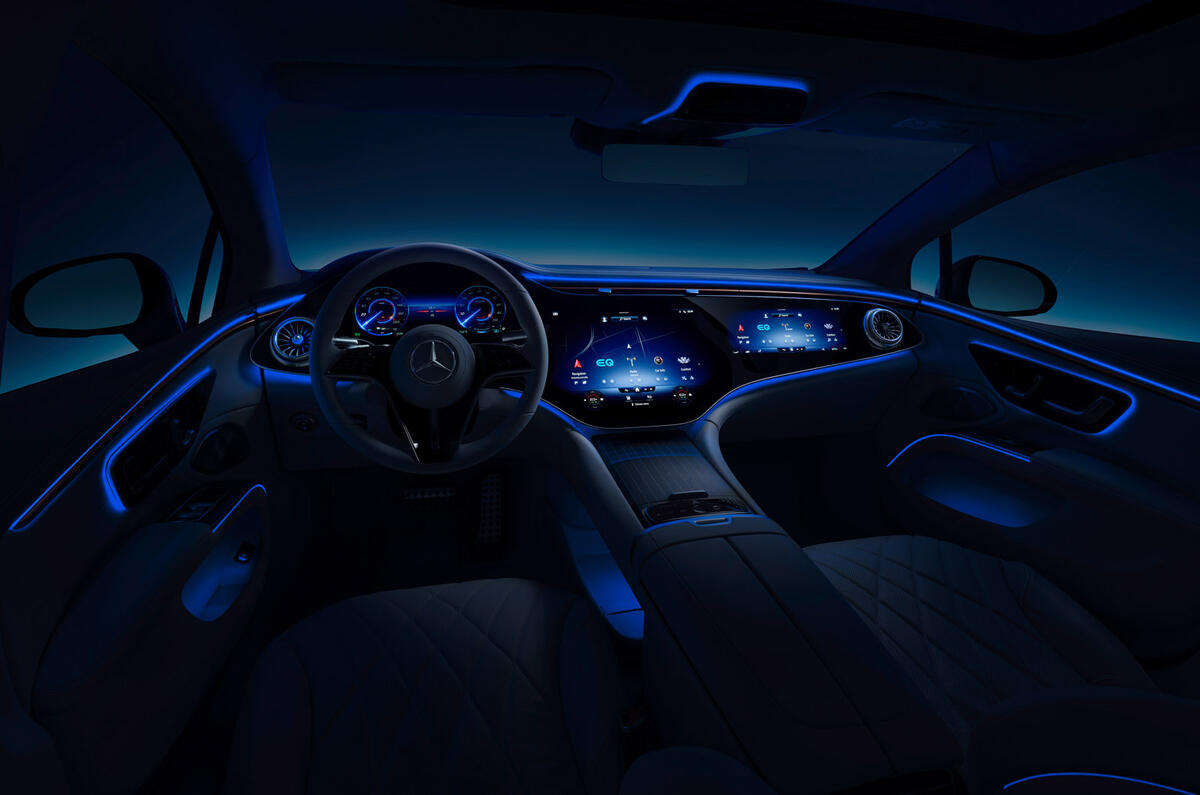
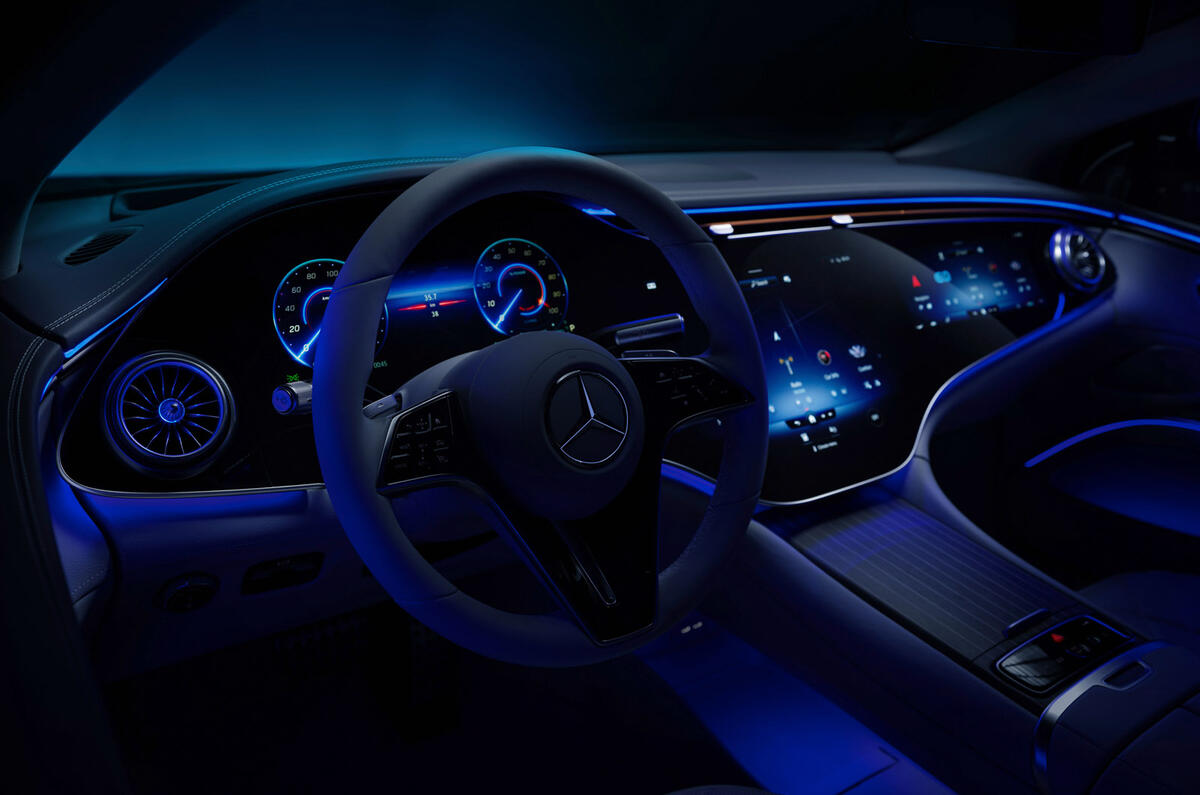
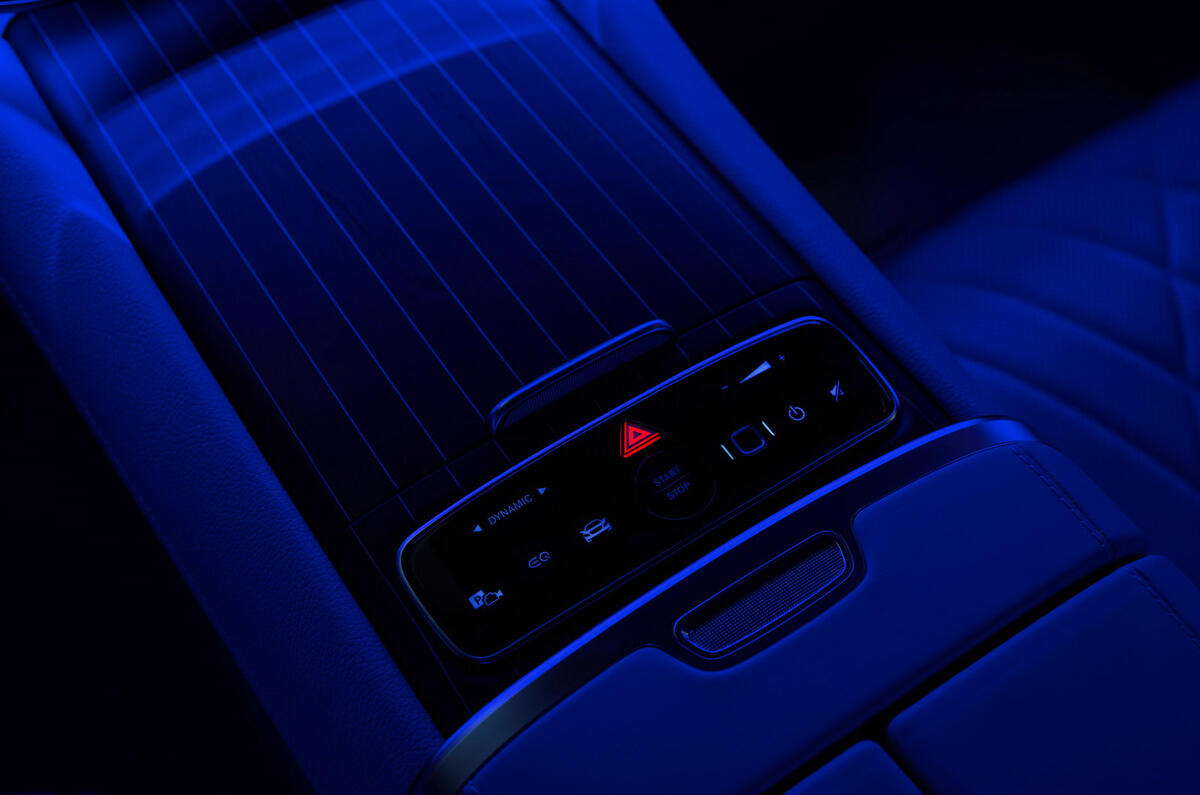
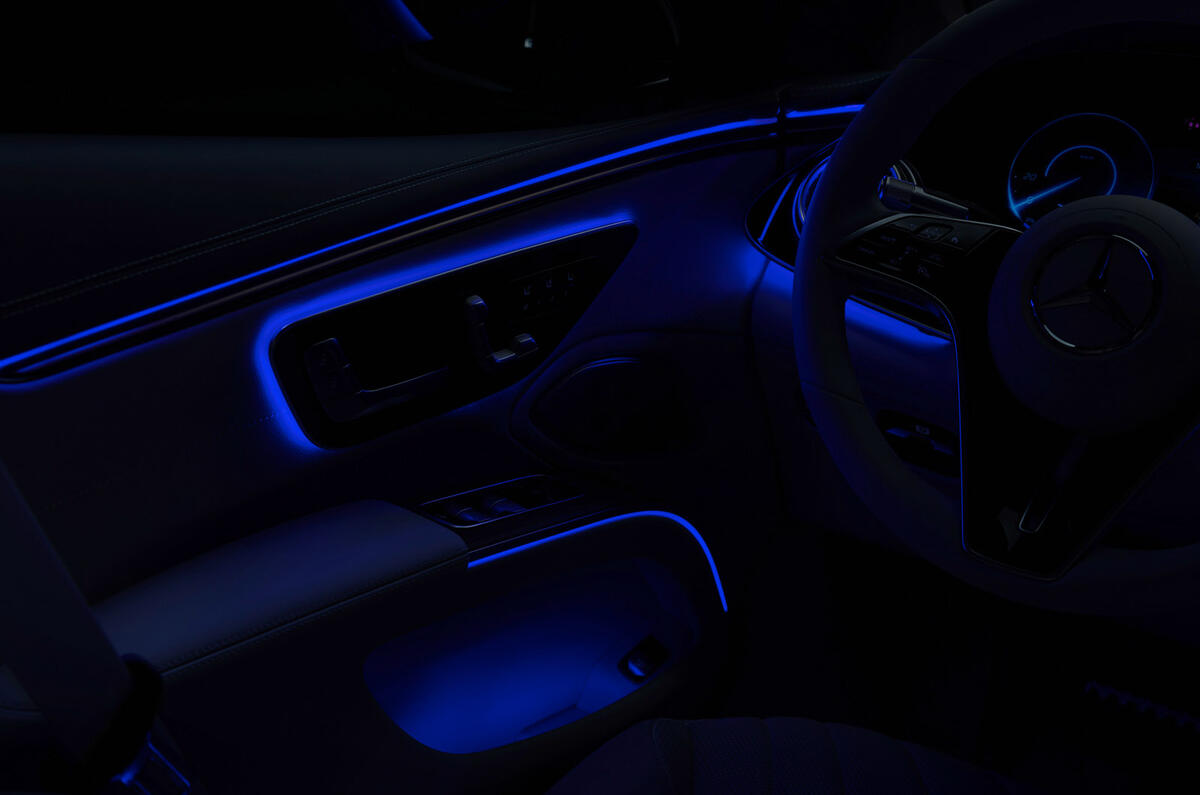

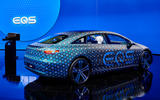



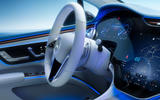
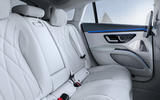





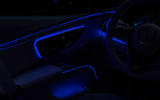


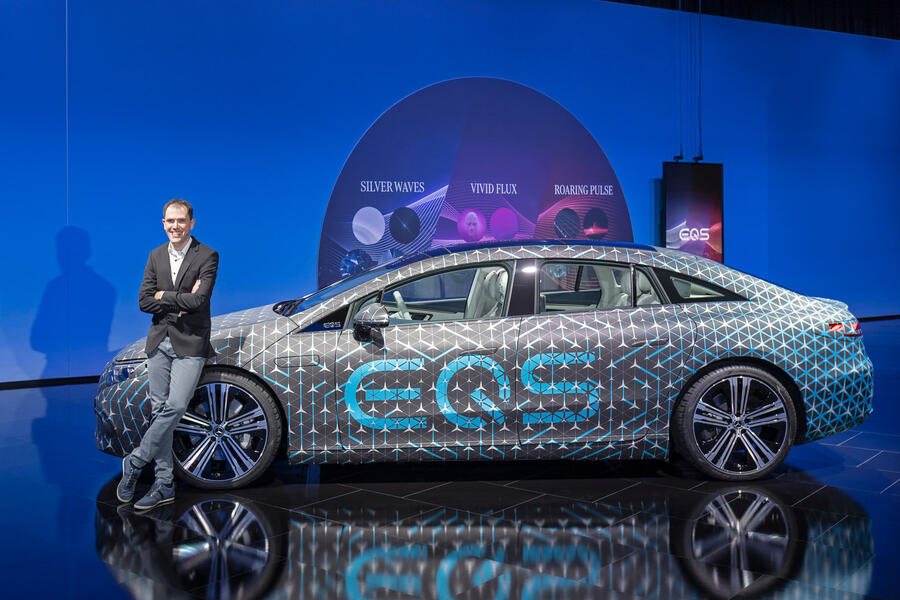
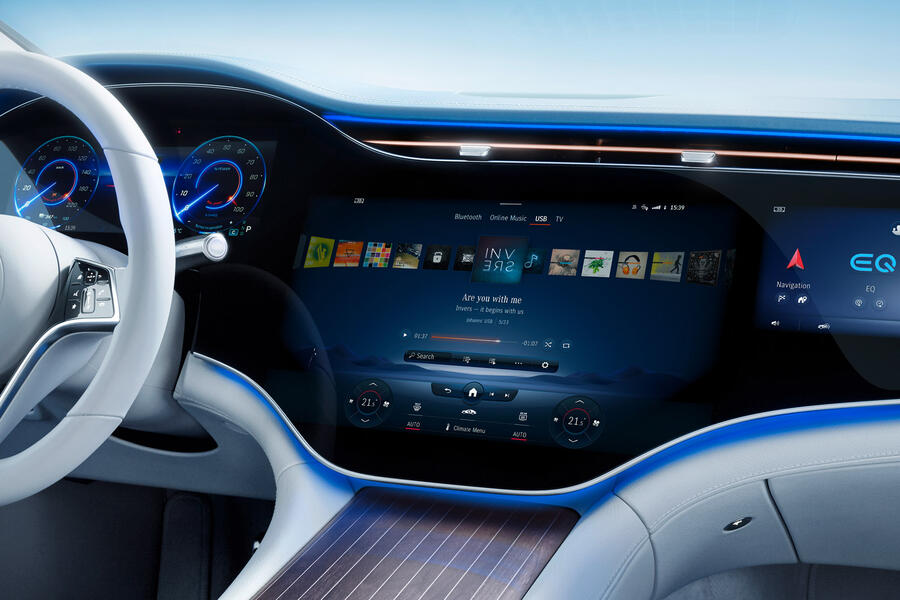

Join the debate
Add your comment
It's great having a low drag body shape, but how heavy is this car? Weight directly impacts on rolling resistance which from an efficiency standpoint is arguably a more important than low drag. Mercedes really should be shouting about getting the weight down, then I'd be more impressed.Quite apart from which, what happens when there is a slight crosswind? Aerodynamic stability, and performance when the wind direction is off axis is probably more important than achieving the lowest possible Cd measured in a wind tunnel.
I remember when the Ford SIerra first came out and the jelly mould shape (like this Merc) had to be refined with 'strakes' either side of the rear window to get over instability problems. Maybe the modern solution is via the electronics of the ESP?
If the range is competitive to the Model S and Lucid Air and can hit 0-to-62 in under or about 4 seconds, I believe Mercedes may have a hit on their hands and a real contender! If it lives up to expectations, coukd this be the reason that Jaguar felt their new XJ was not up to snuff, as they learned more about the EQS? I just adds to my belief that other models that are currently on in the EQ line up, are place holders until Mercedes could bring true BEV platform to market under the EQS. IMHO, though, this is the vehicle Mercedes should have put their Maybach badge on and sold against the likes of the Ghost and Flying Spur. Then from there, letting the tech trinkle down to EV versions of the rest of their line up. It seems that it may be harder to now move the tech upmarket, with more exacting buyer having knowledge of its humble begins.
Tesla should be flattered. Mercedes has built a Model S.